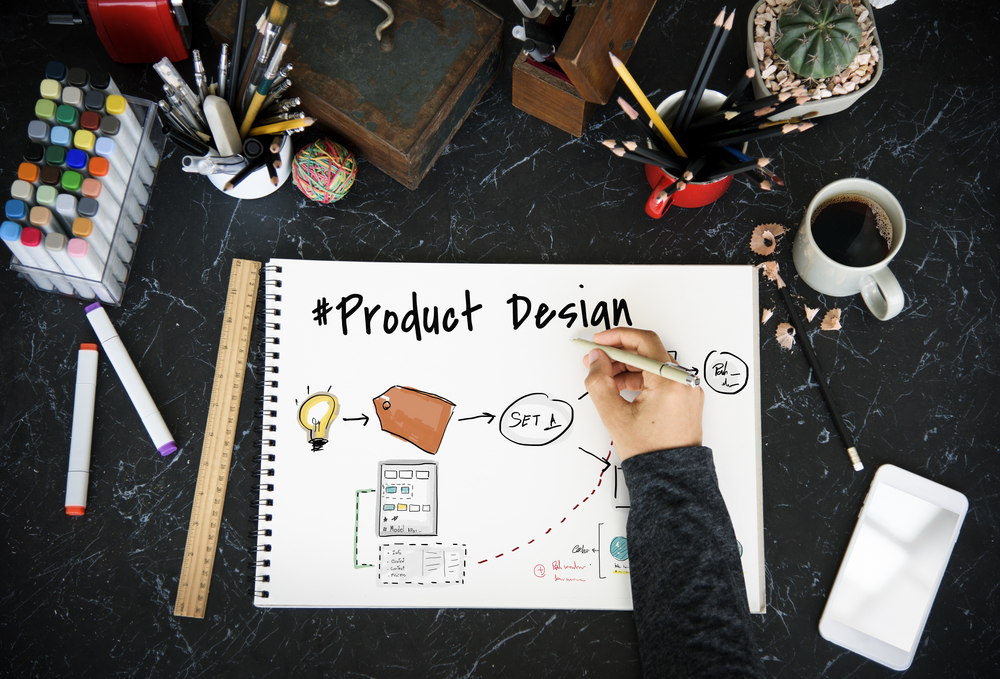Over the years an environmental topic I have become more and more interested in is that of design for the environment, sometimes known as ‘cleaner design’. It has most definitely dawned on me that product designers play a key part in the battle to increase the environmental performance of a product. If products were designed in a more considerate manner, then consequently this would lead to a minimised impact on the environment. Designers possess a lot of power to change the world for good!
Cleaner Design Examples
Cleaner design as a concept is the design of a product in order to minimise its environmental impact over its entire lifecycle. For it to be successful, an understanding of a products lifecycle (raw material, manufacturing, use and end of life) is required. It is then a matter of considering how these environmental impacts at each stages of the lifecycle can be reduced through a better design. Common interventions that a designer could consider (with a few examples) include:
- Limitations of raw material use – designing a product that has less raw materials will lead to reduced impact through raw material extraction in addition to less waste when the product comes to the end of its life. An overall lower product weight can also lead to reduced environmental impacts during transportation.
- Elimination of hazardous materials – the less hazardous materials within a product then the less pollution occurs during manufacture and it is likely the product will be easier to recycle. Limitations on heavy metals and other hazardous materials in packaging and electrical equipment are regulated by law in the EU.
- Reduced usage of energy – an electrical product could be designed such that it uses less energy. Take a Smartphone for example; software designers could make sure that software is optimised such that non-essential functions do not operate when they are not required.
- Increased service life – a designer could ensure that a product can easily be dissembled such that if a part goes wrong it can easily be replaced without throwing away the whole product. See the article on design for disassembly by the Ellen MacArthur Foundation for more information. Modular design is key for this one. A product could also be made more durable so that it has a longer lifespan.
- Greater potential for recycling – a product can be designed by using materials that can be reused or recycled when they come to the end of their life. A simple example might be to replace polystyrene packaging that is generally hard to recycle in most parts of the world, with sustainably sourced cardboard modular packaging that is usually recyclable.
The above are just a few selected examples of how cleaner design can reduce environmental impact and there are many others leading to reduced impact across the lifecycle in areas such as manufacturing, product safety and pollution. It is interesting to see the work undertaken by Mitsubishi Electric on how the design of a product has a major bearing on impacts of the other parts of the value chain.
Opportunities Associated with Cleaner Design
The examples above give us a few ideas of what can be done to design products in a more environmentally considered manner. To get people on board, environmental practitioners need to be aware of the potential benefits of implementing cleaner design.
Below are general examples likely to be relevant in most situations:
- Lower production costs – less materials, waste and energy equal lower manufacturing and procurement costs.
- Increased market share – having a reduced environmental impact gives a product a unique selling point (USP).
- Compliance obligations – having less hazardous raw materials and waste in manufacturing will result in less likelihood of none compliance with environmental legislation.
- Reduced environmental impacts – obviously! cleaner design means that many environmental impacts associated with key environmental issues such as climate change, waste production, pollution and raw material usage can be significantly minimised across the lifecycle.
Cleaner Design is a Key Concept
Hopefully after reading this article you have come to the same conclusion as me. If we designed products in a ‘cleaner’ way then we could significantly reduce environmental impacts in many areas such as the supply chain, in use and the end of the products life. It is vital, therefore, if society wants to reduce its impact that environmental issues are considered right from the very birth of the product – at the design stage.
–
John Binns BSc (Hons), MSc, MSc, MISEP (formerly IEMA)

With over 19 years’ experience working in environment management, John Binns BSc (Hons) MSc MISEP (formerly IEMA) is an experienced environmental tutor and consultant with knowledge of health and safety management.
